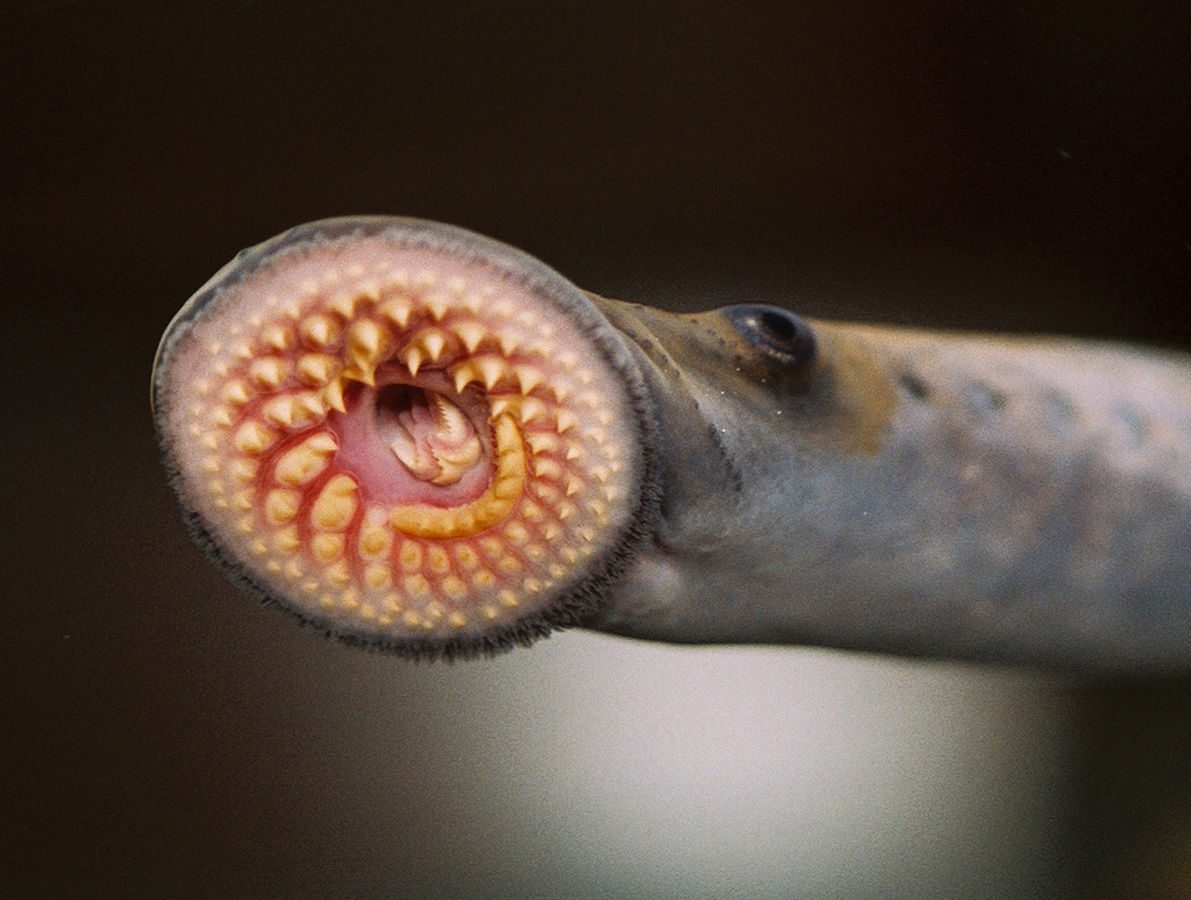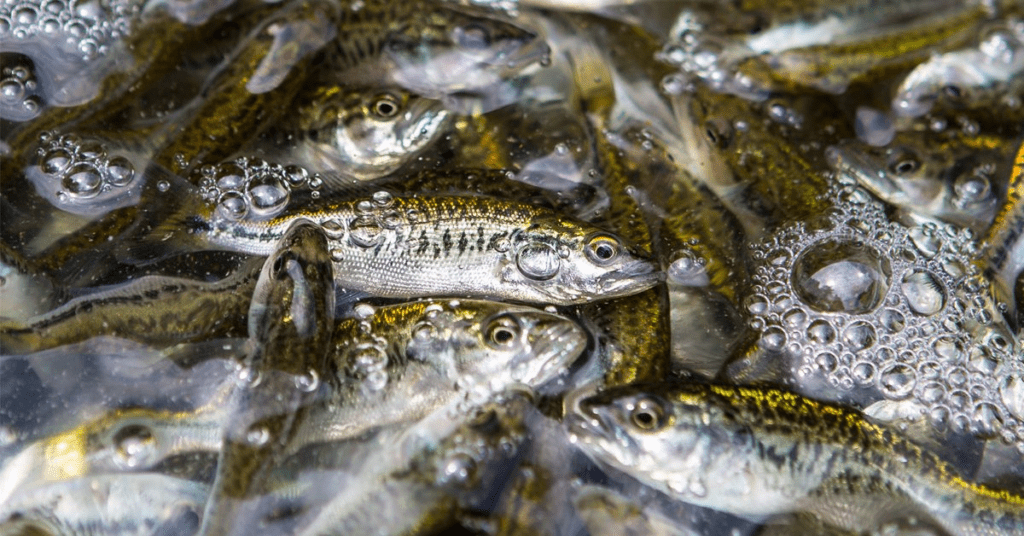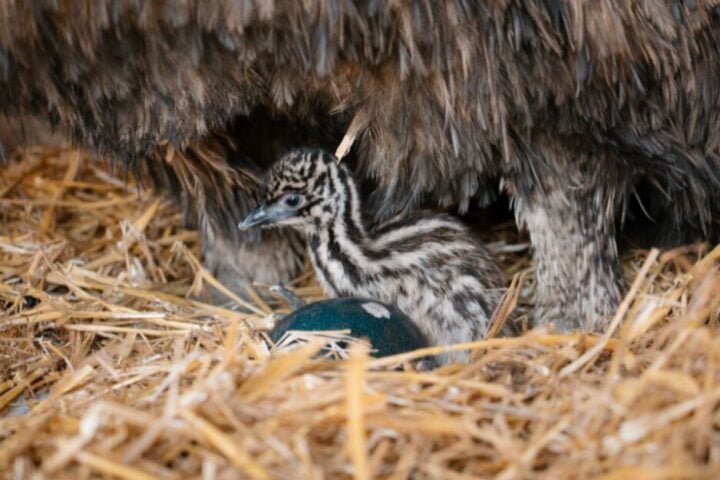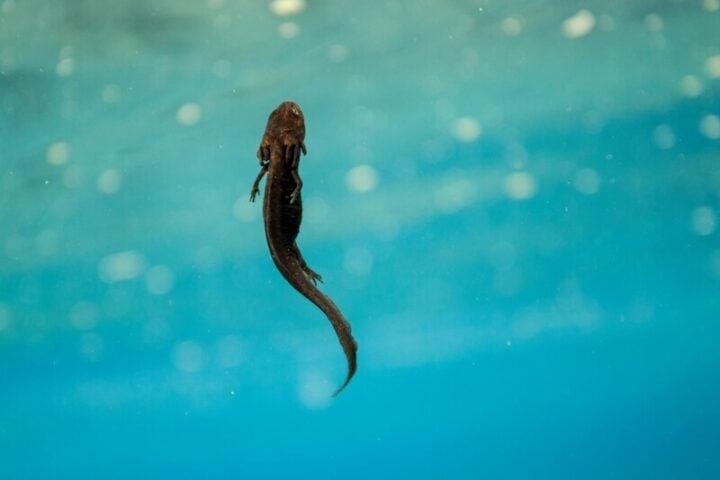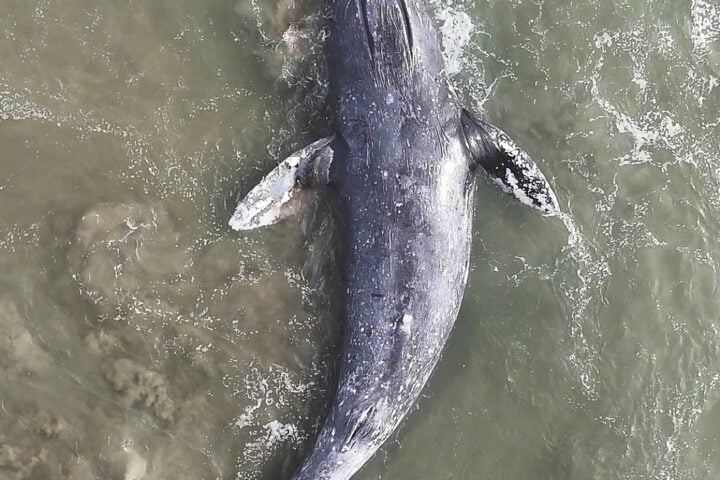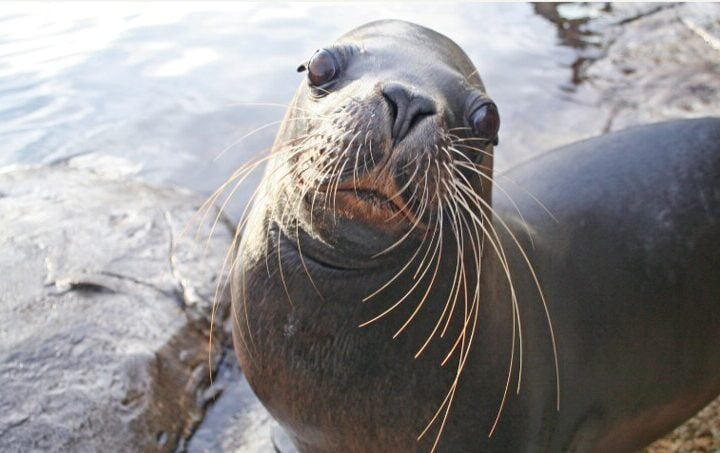With their unique circular row of teeth or oral sucking disk, serrated tongue, and eel-like shape, make sea Lampreys effective killers and a type of fish known for their invasive nature. Sea Lampreys invaded the Great Lakes in the early 19th century through the wetland canal, connecting Lake Ontario and Lake Erie.
Preying on commercially important fish species, within a decade, sea Lampreys had spread to all five Great Lakes. Within a century, the unchecked proliferation of sea Lampreys led to the collapse of the trout fishery. By the 1960s, sea lampreys had significantly reduced the annual commercial catch of lake trout in the upper Great Lakes.
Along with the US Fish and Wildlife Service and Fisheries and Oceans Canada, the Great Lakes Fishery Commission is responsible for managing the sea lamprey population. There has been a remarkable 90% reduction in the sea lamprey population in most areas of the Great Lakes due to the efforts of these agencies.
Population management operations were disrupted by the COVID-19 pandemic and travel restrictions in 2020 and 2021. An increase in the population of sea Lampreys across the Great Lakes has been reported by the fishery managers.
Although the exact extent of the population increase is unclear, in 2020, only 25% of the target streams were treated for population control. The teams responsible for population control reached 75% of their target in 2021. Involving the carefully timed application of sea Lampricides, the treatment of sea Lampreys can be expensive and laborious.
Similar Post
The annual cost of controlling the lamprey population is around $15 to $20 million, according to estimates. Throwing the balance of the ecosystem into disarray, sea Lampreys are causing significant ecological disruptions within the Great Lakes.
Known to feast on lake trout and other aquatic creatures, with their oral sucking disk, these parasitic fish have aggressive hunting tactics. Using them as an unusual mode of transportation, sea Lampreys have a peculiar tendency to latch onto humans. Sea Lampreys, native to the Atlantic Ocean, have distinct features and a unique life cycle that distinguish them from other marine creatures.
They are enabled to latch onto prey and drain their body fuels with their eel-like bodies and suction-cup mouths, which have rows of sharp teeth. Significant disruptions are caused in ecosystems with the introduction of sea Lampreys to new environments.
Spawning in freshwater rivers and seas, Lampreys go through a non-parasitic larval stage before metamorphosing into parasitic adults and migrating to the sea or lake. Considerable success in controlling and managing the invasive sea lamprey population has been achieved by the collaborative efforts of the Great Lakes Fishery Commission, the US Fish & Wildlife Service, and Fisheries and Oceans Canada.
